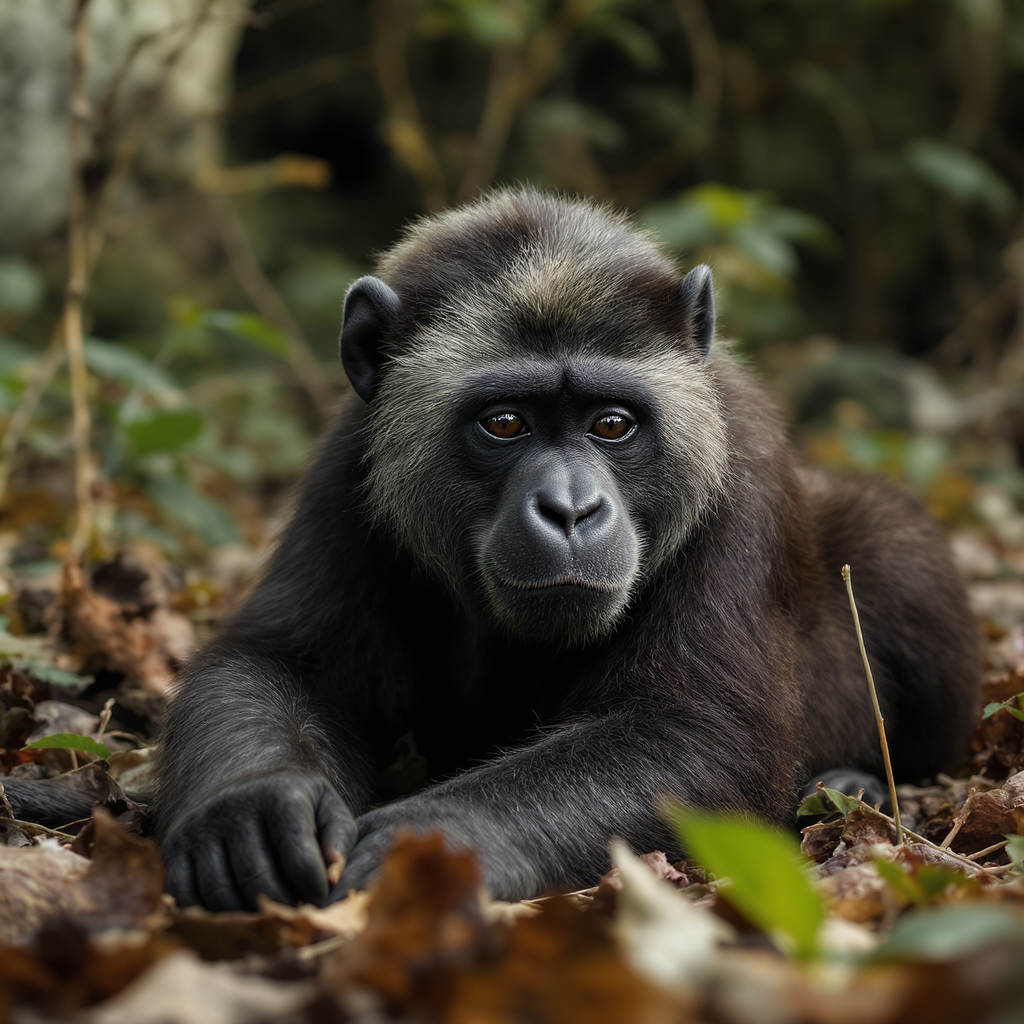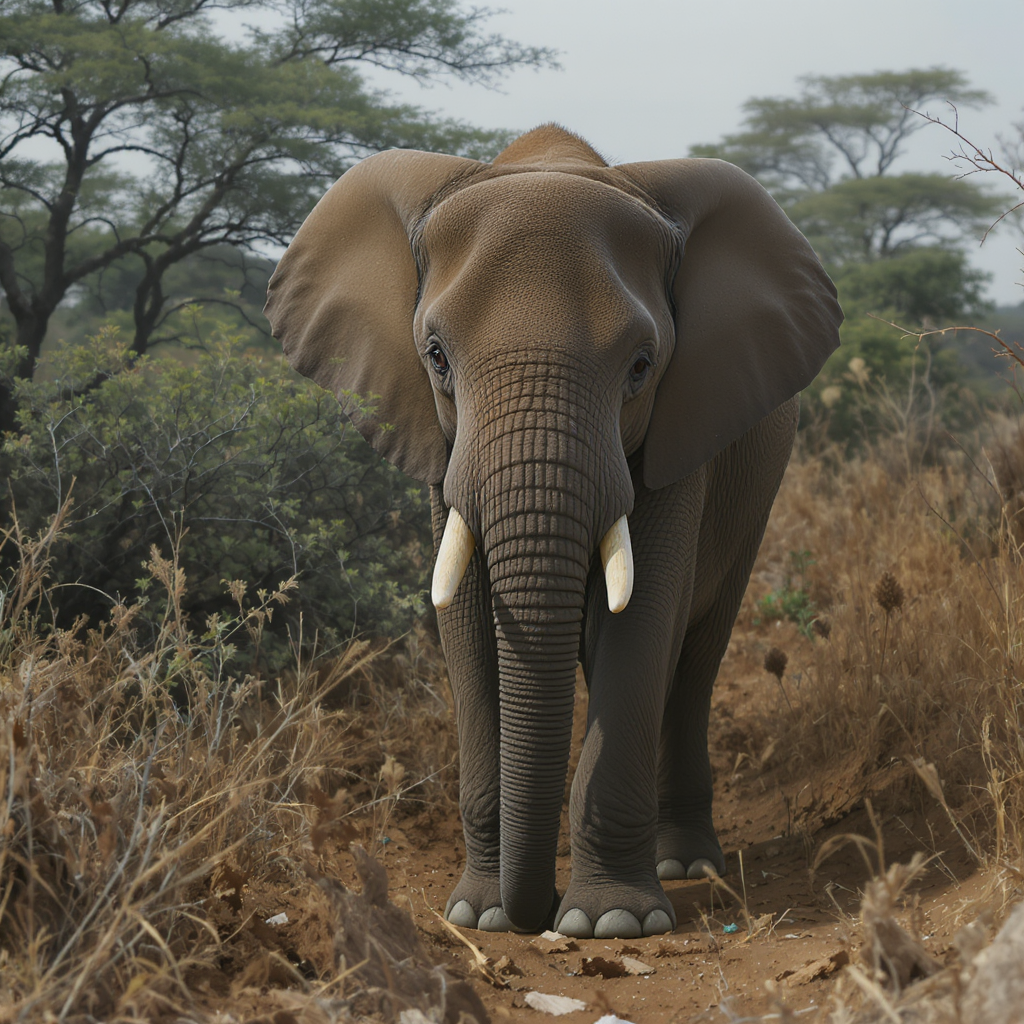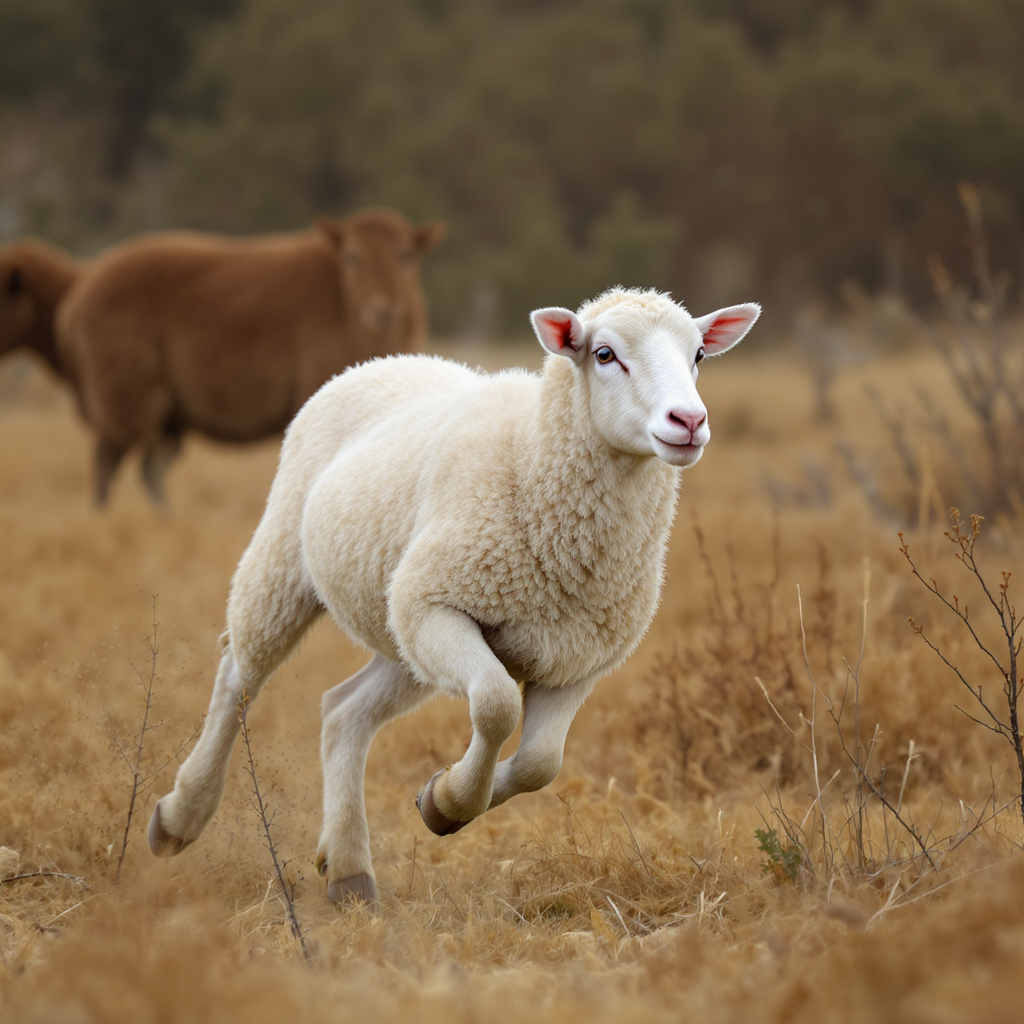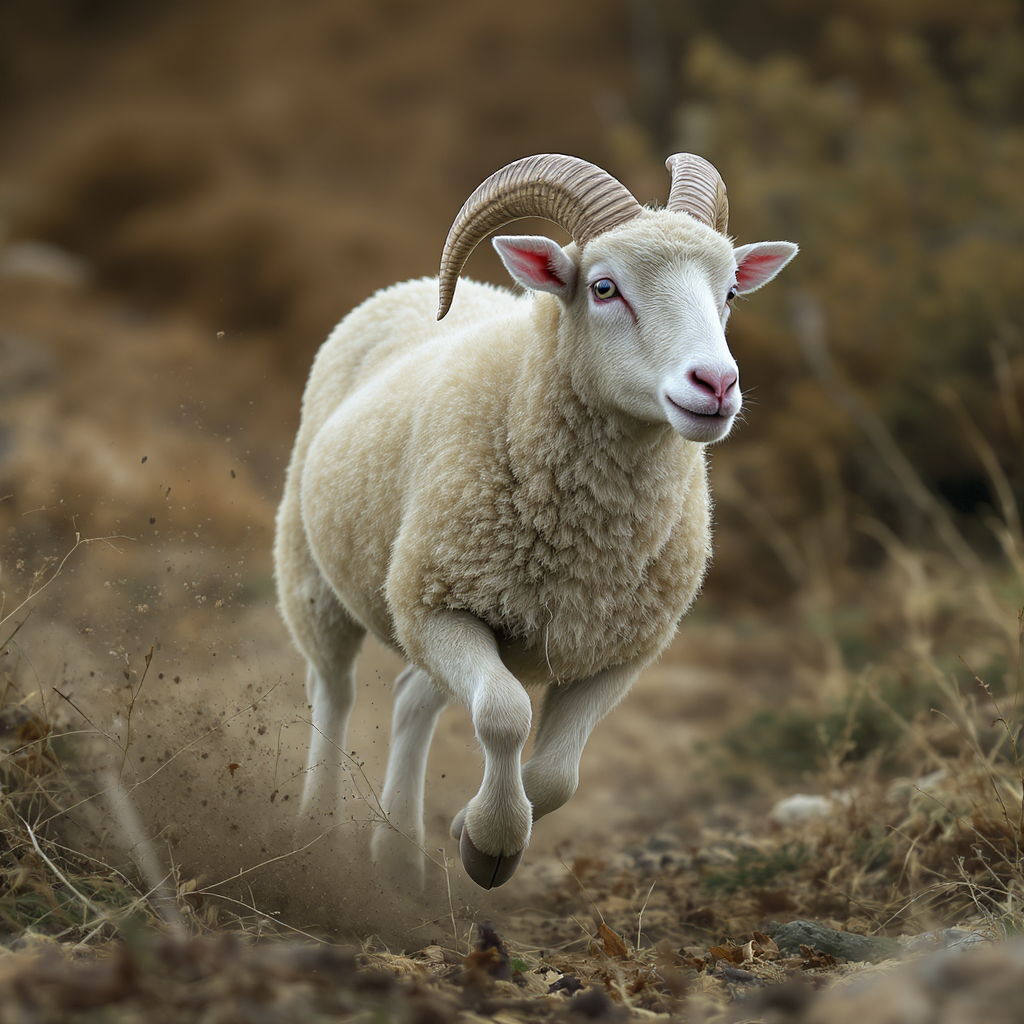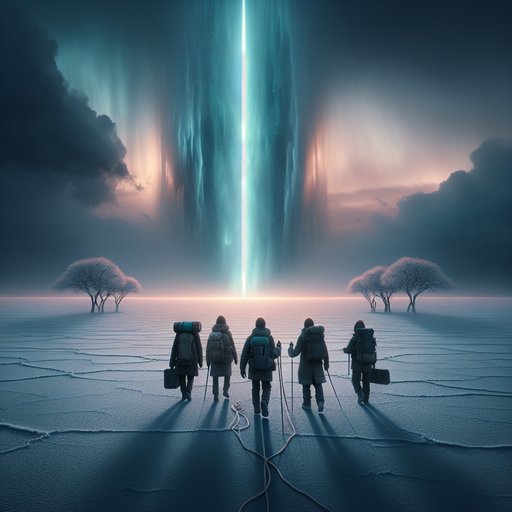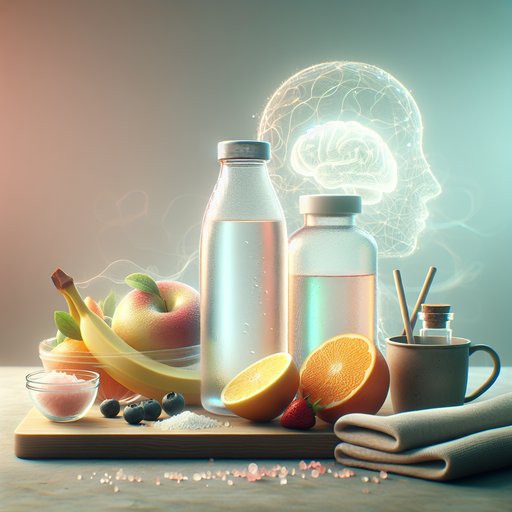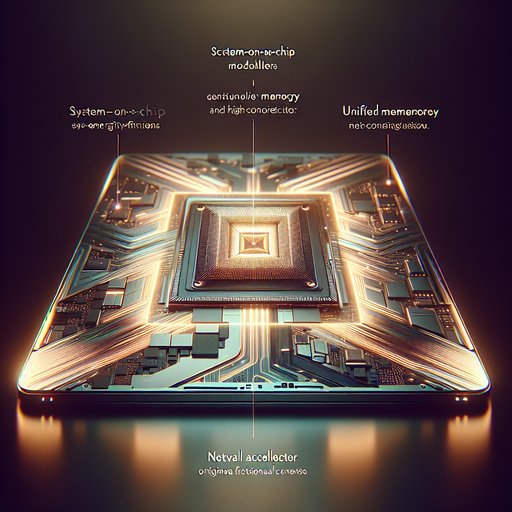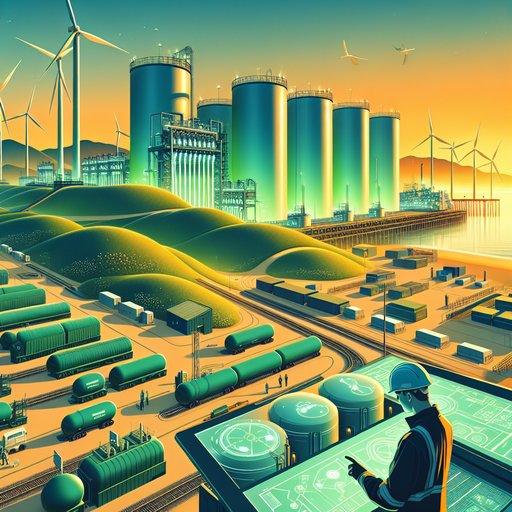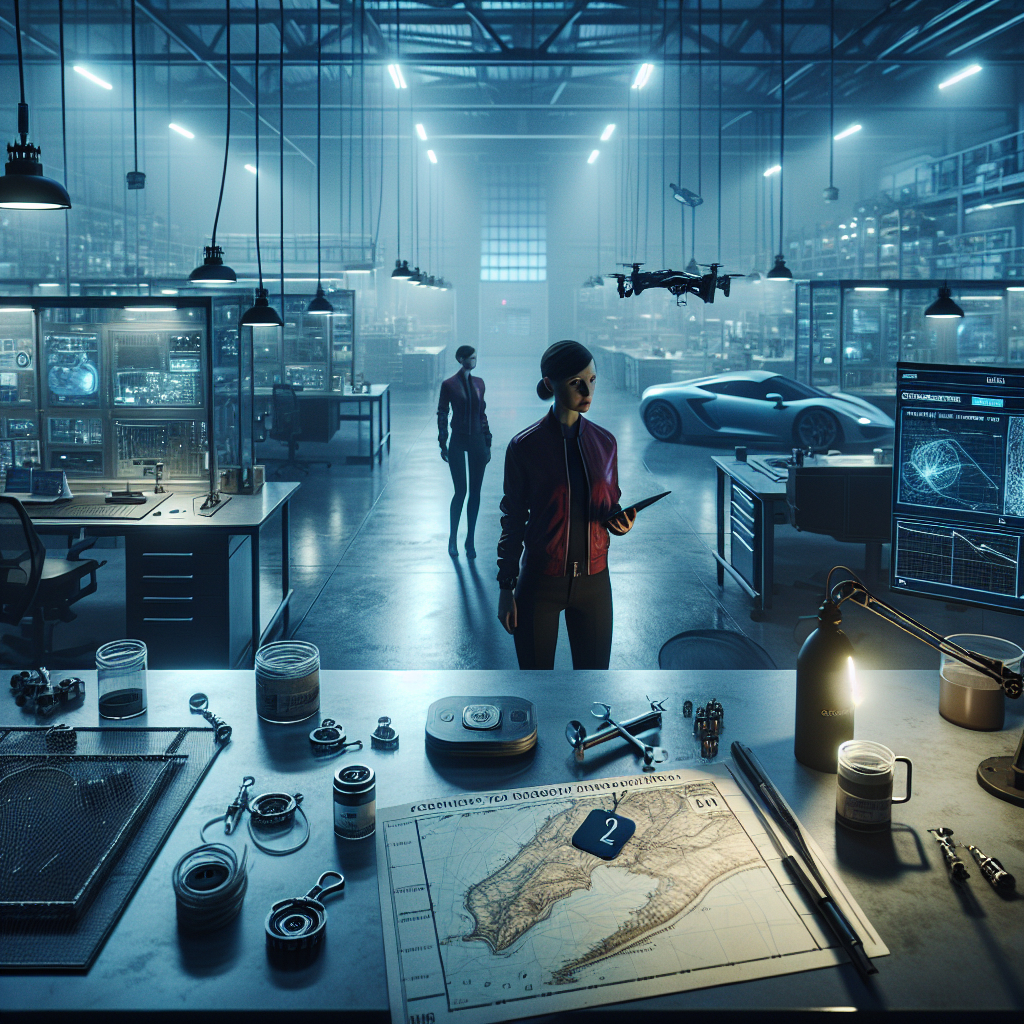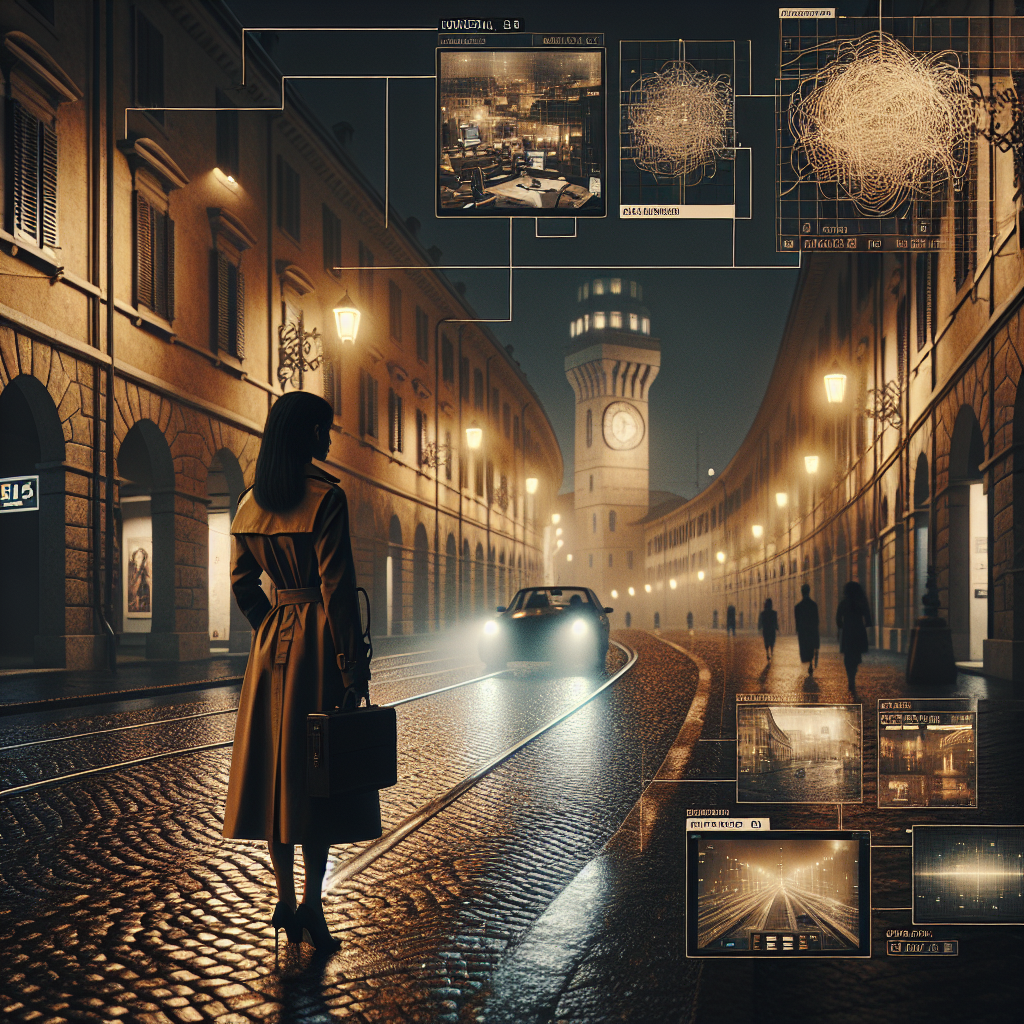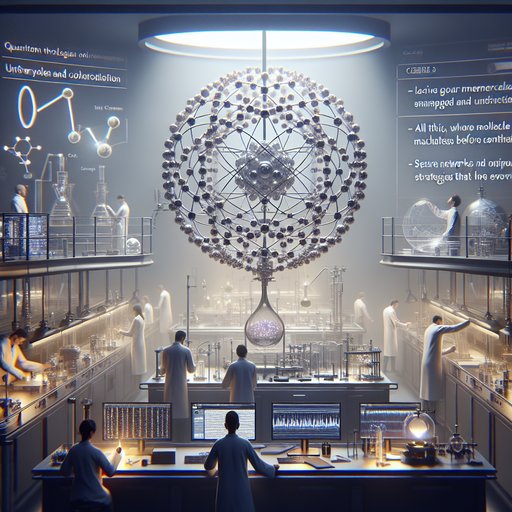
The promise of quantum technologies isn’t just faster computing; it’s a new way of asking questions and a new way of trusting answers. In labs chilled to near absolute zero and in fiber ducts beneath familiar streets, researchers are building machines that leverage uncertainty and correlation as resources rather than nuisances. The result is a future in which a molecule’s properties are mapped before it is synthesized, a network refuses to be silently tapped, and optimization problems yield to strategies that learn as they go. The people shaping that future aren’t waiting for a singular breakthrough. They are learning to choreograph fragile quantum states with microwaves and light, one calibration at a time, knowing that the first real impacts may arrive not with a bang but as quietly reliable infrastructure.
The morning begins with the hush of helium flowing through a maze of stainless-steel lines, a blue cabinet’s status lights ticking like a heartbeat. At the heart of the dilution refrigerator, qubits sleep under aluminum shields and black fabric, insulated from a world that jitters. An engineer in socks steps across tape marks on the floor to cut cable ties, their fingers practiced; the movements are careful but casual, the kind that only come after years of treating fragility as routine. When they open a control panel, the screen fills with waveforms—chirped pulses and rectangular gates arching across time.
Somewhere deep inside the fridge, those pulses will cajole a quantum state into being, hold it long enough to compute, then coax it back into something a room-temperature amplifier can understand. Across town, a different lab hums with the warmth of lasers. On a table swollen with vibration dampers, photons spill from a chip etched with highways of glass. A researcher nudges a mirror by a hair’s breadth, bringing two beams into impossible agreement.
The output channels click, digital counters celebrating coincidences that arrive too often to be accidental. Entanglement isn’t a feeling but it behaves like one, a connectedness that persists across fiber loops and city blocks until a measurement snaps it. This is quantum communication’s riddle-turned-feature: you don’t make eavesdropping hard—you make it obvious. The chemical engineer who invited me to visit their office slides a tablet across the desk, pausing on an interface that looks banal if you don’t know what it hides.
A ritual has emerged: upload a Hamiltonian, choose an ansatz, set iteration bounds. Today’s demo is small, a molecule already well understood by conventional theory and experiment. The quantum routine, a circuit of careful rotations and controlled entangling gates, doesn’t collapse the cost of discovery in one swoop. It does something subtler: it matches the known result with fewer assumptions, showing a path from toy problems to targets no classical solver can reach exactly.
The room falls silent as a graph converges in little asymptotes. The chemist doesn’t celebrate—just leaves a sticky note beside the output that reads, "Try solvent model next."
Optimization wears a different face at the port, where a screen shows bright rectangles crawling across a timeline. Cranes, trucks, ships, workers, every constraint is a color; the map shifts when the forecast changes, when a conveyor belt slows, when an arrival is delayed. A hybrid solver—classical planners augmented by a quantum subroutine—suggests moves like a careful chess coach, several variations deep rather than brute-forcing everything.
The gains are measured and unglamorous. A few percentage points here, a minute shaved there, emissions nudged downward because idle time drops. The operations manager doesn’t care about qubits; they care that the system keeps learning which formulation fits the day. The pitch, it turns out, isn’t speed.
It’s tact. Security is a hallway poster in a bank’s data center that reads, "Inventory your keys." There is a checklist for software updates and a second for cryptography that looks like a migration plan: phase out vulnerable key exchanges, add lattice-based alternatives, test interop. In a neighboring facility, a rack glows with equipment that looks like telecom but speaks quantum: attenuated lasers, single-photon detectors wrapped in foam, a box whose fans never stop. A technician points to a line on a dashboard that flags sudden changes in error rates.
"That’s the beauty," she says. "We separate the normal mess from the kind that screams someone’s listening." The organization isn’t waiting for a nightmare to arrive; it’s swapping out locks in daylight, knowing that, if quantum machines threaten some doors, quantum links can help build others that fracture noisily when forced. Back in the cold lab, the technician squints at a heat map of crosstalk that looks like a storm radar. A joke circulates about buying cable management books from the self-help section.
Under the humor sits a quiet reality: error correction is less a spell than an architecture, a decision to spend many fragile pieces making one that behaves. The overhead is still daunting. Days vanish into calibration campaigns, learning the micro-moods of each component, everything from a slightly warped connector to a subtle drift in a microwave source. At this scale, patience is a resource.
The team moves like pit crew and physician, swapping filters and tweaking filter lengths, all to hold a computational thought steady for just a little longer. Outside the lab, a broader choreography unfolds. Foundries that once focused purely on classical chips now allot runs for superconducting circuits and silicon spin devices; photonics lines tweak recipes to guide single photons with less loss. In a desert somewhere, a ground station blinks at night, trading quantum states with a satellite arcing overhead; in a city proof-of-concept, entangled photons jump neighborhood to neighborhood through ordinary fiber resting in ducts shared with streaming video.
Every piece looks niche until you notice the pattern: an internet that begins to carry not just bits but correlations, and machines that ask nature questions in its own language instead of ours. Governments set milestones; startups name their releases after birds. The map thickens. Standards emerge the slow way, through meetings that run too long and acronyms that pile up.
The most consequential decision may be mundane: do we expose a low-level instruction set, or abstract everything behind an interface that says "optimize" and returns a number? Cloud providers offer access by the minute to chips you can’t touch—simultaneously inclusive and distant. Universities spin up training programs to teach a new kind of engineer who is neither pure physicist nor pure software developer but comfortable with wavefunctions and Python in the same breath. And there are civic questions that don’t fit into a datasheet: who gets time on the machines when they become powerful enough to matter?
How do we ensure the benefits don’t pool around the same places that already glow bright at night on satellite maps? The timeline, stripped of hype and anxiety, looks less like a cliff and more like a staircase. We will notice quantum only in hindsight, in adoption notes and in the way procurement departments learn new words. A pharmaceutical label that cites a computational method no one used a decade ago.
A logistics planner who swears by a solver that, quietly, calls a quantum routine when the graph gets knotty. A bank audit trail that logs a "key established by physics" line with the same bland confidence as any other control. What changes cultures isn’t spectacle; it’s the first time a new tool becomes boring. When the engineer at the cold lab finally hits "run," the status bar does not glow with destiny.
It inches, pauses, adjusts, resumes—exactly the rhythm of a field learning to make promises it can keep. Later, above the street where the fiber cabinet grumbles, a passerby complains that their video call stuttered and then recovered. They will never know what traveled along those same strands earlier: pairs of photons whose fates were linked, the outline of a network that cannot be quietly watched. There is no single turn where the future flips, no great unveiling.
Just a slow tightening of fidelity and reach, a widening of who gets to ask new questions—and the quietly radical idea that uncertainty, stewarded well, can become a public utility.




